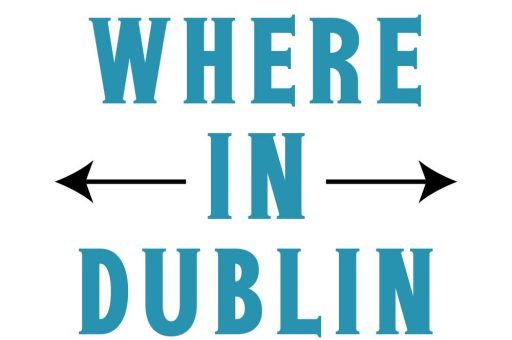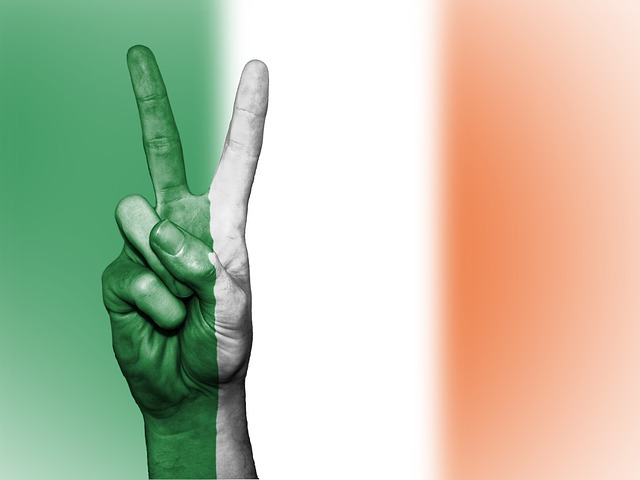Ireland and Northern Ireland share the same island but are often seen as very different places. From history to culture, landscapes, politics, and lifestyle, the differences are more noticeable than one might expect. Based on my overall experience, exploring both regions can feel like stepping into two separate worlds even though they are geographically so close.
In this post, we’ll break down the differences and similarities, jumping into history, geography, culture, politics, economy, tourism, and everyday life. This guide is designed to give a clear understanding whether planning a trip, studying the region, or just curious about the distinctions.
History: Shared Roots, Separate Paths
Ancient Ireland
The island has been inhabited for thousands of years. Ancient monuments, like Newgrange in the Republic of Ireland and the Giant’s Causeway in Northern Ireland, tell a story of prehistoric life. Celtic traditions influenced much of both regions’ culture, language, and art.
Colonization and Division
The key historical difference starts in the 16th and 17th centuries, with English colonization. Northern Ireland remained under British control, while the rest of Ireland gradually moved toward independence. This led to the partition in 1921: the six northern counties formed Northern Ireland under the United Kingdom, while 26 counties became the Irish Free State (now the Republic of Ireland).
Troubles and Peace
Northern Ireland’s history in the 20th century is marked by the Troubles, a period of conflict from the late 1960s to the 1998 Good Friday Agreement. Violence and political tension shaped life in the North, whereas the Republic pursued a path of neutrality and growth. Today, both regions live with the legacy of history, but peace and tourism thrive across the island.
Geography: Green Landscapes vs. Urban Diversity
Ireland
Ireland is famous for its rolling green hills, dramatic cliffs, and winding rivers. Areas like the Cliffs of Moher, the Ring of Kerry, and Connemara showcase stunning landscapes. Cities like Dublin, Cork, and Galway balance urban life with cultural charm. From my own personal experience, driving through the Irish countryside feels like stepping into a painting: endless greenery, scattered stone cottages, and peaceful towns.
Northern Ireland
Northern Ireland has equally impressive natural features, though it’s smaller in size. The Giant’s Causeway, Mourne Mountains, and Lough Neagh are iconic sites. Belfast, the capital, offers urban energy with a mix of Victorian architecture and modern development. The landscape is slightly more rugged in places, giving a different kind of scenic beauty.
Climate
Both regions share a temperate maritime climate. Rain is frequent in both, but Northern Ireland tends to be slightly cooler and cloudier, while the Republic enjoys more sunshine in certain areas. Summers are mild, and winters rarely see heavy snow.
Culture and Traditions
Language
In the Republic of Ireland, English is dominant, but Irish (Gaeilge) is also an official language and actively promoted in schools and media. Northern Ireland primarily uses English, though there is an interest in preserving Irish and Ulster Scots in certain communities.
Music and Arts
Traditional Irish music thrives across both regions. However, from my own personal experience, the cultural scene differs slightly: pubs in the Republic often feature lively music sessions with dance, while Northern Ireland blends traditional tunes with modern indie and rock influences. Festivals, theater, and art exhibitions are common across the island but vary by scale and focus.
Religion
Religion historically shaped social dynamics. The Republic of Ireland is predominantly Catholic, while Northern Ireland has a mix of Protestant and Catholic communities. Religion influenced politics, education, and even settlement patterns, especially in the North.
Politics and Governance
Republic of Ireland
The Republic of Ireland is a sovereign nation with its own president, parliament, and constitution. It is part of the European Union, which influences trade, travel, and policy.
Northern Ireland
Northern Ireland is part of the United Kingdom, meaning it has representation in the UK Parliament and follows British law. It also has its own devolved government, which handles local matters like health and education. Political identity remains complex, with Unionists favoring staying in the UK and Nationalists supporting a united Ireland.
Economy and Cost of Living
Republic of Ireland
Ireland’s economy has grown significantly, particularly in tech, finance, and tourism. Dublin is a hub for multinational corporations. Cost of living can be high, especially in cities, but salaries often reflect this.
Northern Ireland
Northern Ireland has a smaller economy, historically industrial with shipbuilding and manufacturing. Belfast has developed a growing tech and service sector. Overall, living costs are slightly lower than in the Republic, but salaries also tend to be smaller.
Currency
The Republic uses the Euro (€), while Northern Ireland uses the British Pound (£). This difference impacts travel, shopping, and banking for anyone crossing the border.
Tourism and Travel
Republic of Ireland Highlights
The Republic attracts visitors for its castles, cliffs, and cities. Dublin is famous for its history, literary legacy, and vibrant nightlife. Cork, Galway, and smaller towns offer a slower pace, local markets, and cultural festivals.
Northern Ireland Highlights
Northern Ireland is known for its unique natural formations, Game of Thrones filming locations, and Belfast’s Titanic Museum. Coastal drives, charming villages, and mountain trails make it perfect for outdoor adventures.
Crossing the Border
Travel between the two regions is easy, with no strict border controls. Driving across can feel seamless, though currency and road signs differ. From my own personal experience, a road trip across the border gives a vivid sense of how history and culture subtly change within a short distance.
Education and Healthcare
Republic of Ireland
Education is mostly state-funded, with strong universities like Trinity College Dublin and University College Dublin. Healthcare is mixed, with public hospitals and private options.
Northern Ireland
Northern Ireland follows the UK system, with notable universities like Queen’s University Belfast. Healthcare is primarily public through the NHS, offering free access for residents.
Lifestyle and Social Norms
Food and Drink
Irish cuisine is hearty, focusing on stews, seafood, and potatoes. Northern Ireland shares many traditional dishes, but Belfast has a growing modern food scene. Pubs remain central to social life, with music, conversation, and local brews.
Sports
Gaelic games, like hurling and Gaelic football, dominate the Republic. Northern Ireland leans more toward soccer, rugby, and golf. Sports are often tied to cultural identity, especially in the North.
Identity and Perception
The question “Ireland or Northern Ireland?” is not just geographic—it reflects identity, politics, and history. The Republic emphasizes national pride and independence, while Northern Ireland balances British and Irish identities depending on community and background.
From my own personal experience, visiting both places gives a deeper appreciation for how history shapes people, towns, and traditions. Even small towns reflect centuries of social and cultural change.
Final Thoughts: Two Sides of One Island
Ireland and Northern Ireland are intertwined yet distinct. Both regions offer breathtaking landscapes, rich culture, and welcoming people. While politics and history have divided them, they share traditions, music, and a love of storytelling. Visiting both allows an understanding of contrasts: rolling hills versus rugged mountains, Dublin buzz versus Belfast charm, Euro versus Pound, and Catholic versus mixed religious communities.
Whether planning a trip, studying history, or exploring culture, appreciating both sides of the island offers a fuller picture of its beauty and complexity. From my own personal experience, spending time in each region allows for stories, encounters, and sights that a single visit could never capture.


